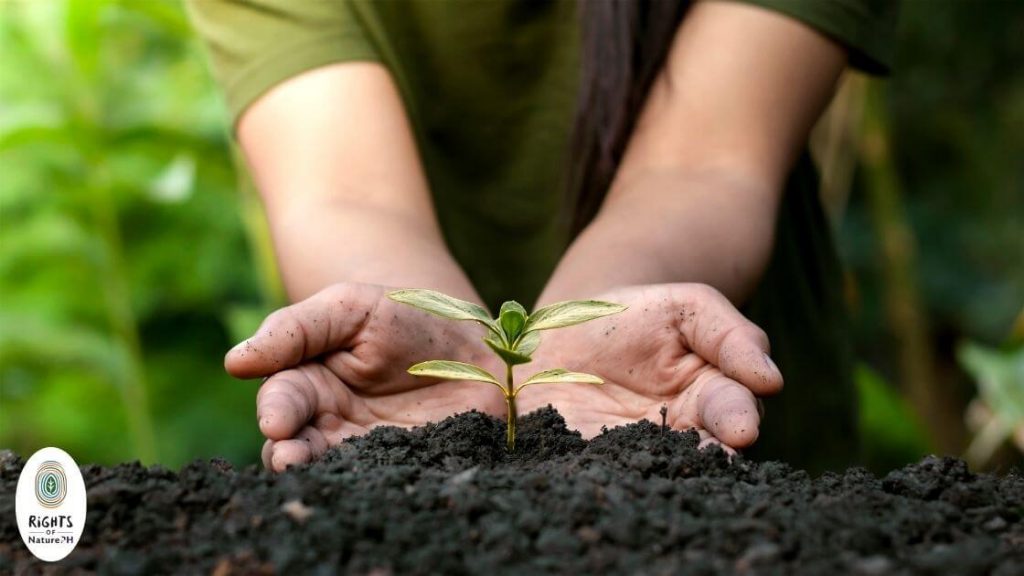Natural resources are essential for survival. Land, forests, water, fisheries, minerals, and air—these are all important to sustain life. But years of overexploitation in the name of technological advancement have amplified cases of deforestation, wildfires, oil spills, and other ecological hazards.
If overexploitation continues in the same trajectory, there will be no natural resources left for future generations. Thus, it’s crucial to take action now. Fortunately, there are many ways to conserve natural resources, many of which you can do independently. Read on to learn about the growing environmental crisis and how you can help preserve the country’s natural resources.
What Are Natural Resources
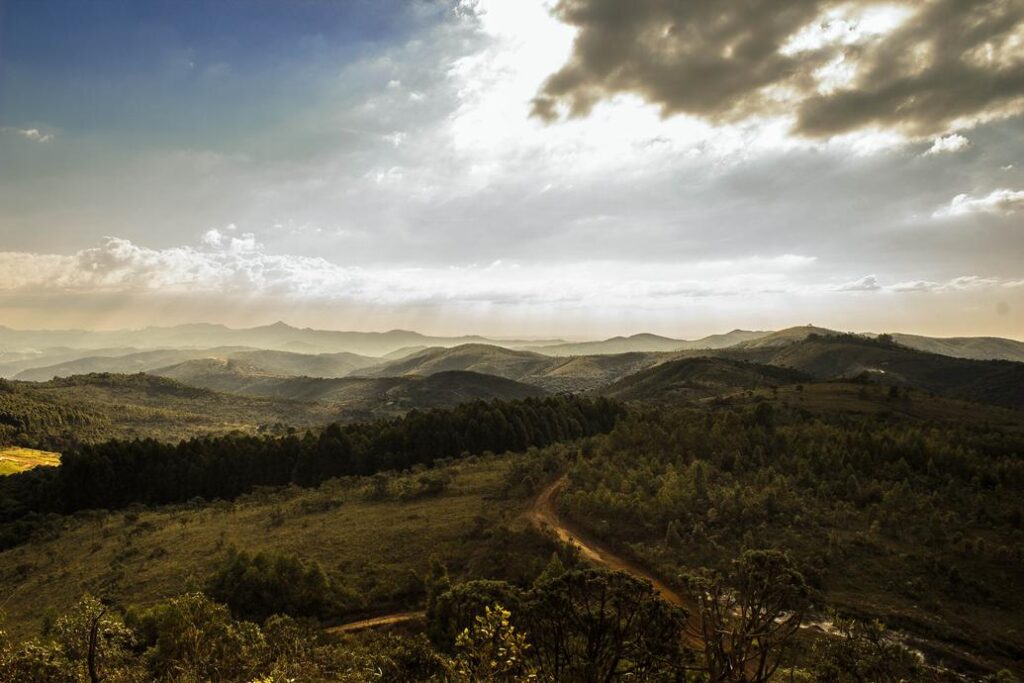
Natural resources are materials that are found in nature and unaltered by mankind. Everything you use in your day-to-day life comes from the natural resources around you, such as how food is indirectly derived from soil and how paper and furniture are made from trees.
Natural resources can be renewable or nonrenewable. Renewable resources include solar energy, air, and water, which are all replenished by nature. On the other hand, nonrenewable resources are the opposite—they have a finite supply, so once you consume them, they can’t be used again. It’ll take millions of years for these resources to be renewed, and even then, they won’t be in the same state as they used to be.
What Are The Natural Resources Found in The Philippines?
The Philippines is brimming with natural resources, which altogether make up about 19% of the country’s wealth. Here’s a quick overview of the natural resources found in the country.
Land Resources
Agriculture makes up a huge segment of the country’s sustainability, particularly in food production. This makes the Philippines’ rich land resources a vital asset. Fortunately, you’ll find fertile lands spanning provinces like the Cagayan Valley, Bukidnon, and Central Luzon. Farmers plant various crops, from rice to banana, coconut, corn, sugarcane, mango, and coffee, and more.
Outside of the agricultural sphere, there’s a lot more the Philippines can be proud of. The country is known as one of the 17 megadiverse countries in the world, as it houses over 70% of the world’s biodiversity. It’s a sanctuary for a wide range of endemic flora and fauna, from the Tamaraw to the Visayan Spotted Deer to the Copeland’s Pitcher Plant.
Water and Marine Resources

The Philippines is widely known as one of the largest archipelagos in the world, with over 7,000 islands and counting. And it’s no surprise that water resources run rampant in a country surrounded by the ocean. Lakes, rivers, streams, beaches, and more are brimming with plant life, so you’ll see plenty of mangroves and coral reefs.
Beyond plant life, the Philippines’ marine biodiversity also extends to unique fishes and other marine life. For instance, the Giant Whale Shark, Moorish Idol, and Pygmy Seahorse are some creatures that are hard to find anywhere else in the world.
Mineral Resources
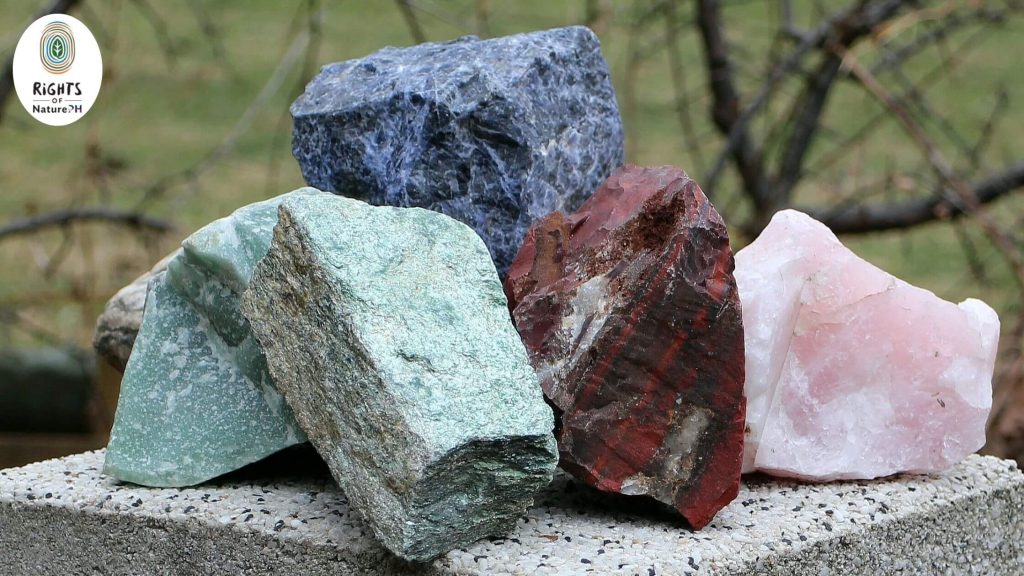
The Philippines has one of the richest reserves of mineral resources, primarily because of its location along the Pacific Ring of Fire. Most of its metallic minerals—the main ones being copper, nickel, gold, and chromite—come from Luzon and Mindanao. On the other hand, you’ll find most non-metallic minerals like limestone and marble in the Visayas area.
Energy Resources
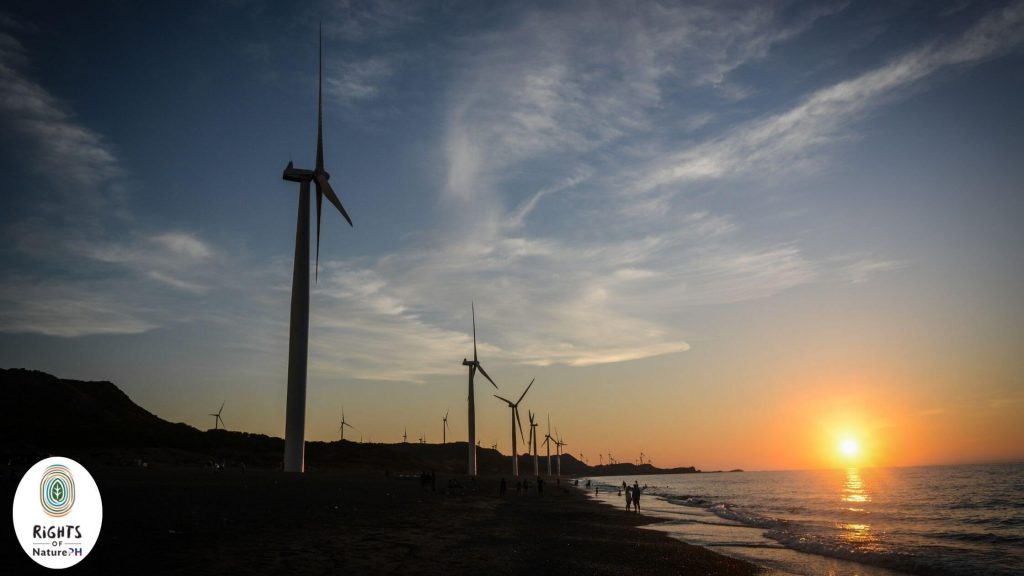
The Philippines produces coal, oil, and natural gas from various sources. Currently, its energy mix is estimated at 47% coal, 22% natural gas, 24% renewable sources, and 6.2% oil-based energy. Coal evidently takes up the largest piece of the pie, which is alarming since coal combustion is a huge contributor to greenhouse gas emissions.
As a result, the government has been pushing for more renewable energy sources like hydro, geothermal, wind, and solar energy to prevent the depletion of fossil fuels.
Why is Conserving Natural Resources Important?
Natural resources are such an integral part of daily life, so it’s hard to think that they could possibly run out. However, over the years, rapid economic developments, population growth, and urbanization have led to the depletion of these resources.
It’s clear that nonrenewable resources are in danger of running out. They can take centuries to renew but are used at exploitative rates—which means that there’s a massive backlog of renewals needed for the resources to become abundant once again.
Meanwhile, there’s undoubtedly a ton of renewable resources in the world—but usage is growing at an alarming rate. So despite replenishing quickly, scarcity is inevitable due to increased consumption or environmental changes. This is already evident in places like Afghanistan, where years of drought have led to water scarcity.
As the population continues to grow in the Philippines, so does the demand for natural resources. Even the country’s rich reserve of natural resources can’t keep up with exhaustive practices, such as illegal logging, human-induced pollution, and cyanide fishing. If these resources are not protected now, there won’t be anything left for future generations.
12 Ways to Conserve Natural Resources You Can Do Right Now
Conserving natural resources doesn’t have to be a complicated affair. Thinking about massive volunteer efforts is great—but there are small lifestyle changes you can embark on to do your part in overarching environmental conservation efforts. Here are some easy and simple ways you can help protect the planet.
1. Practice recycling
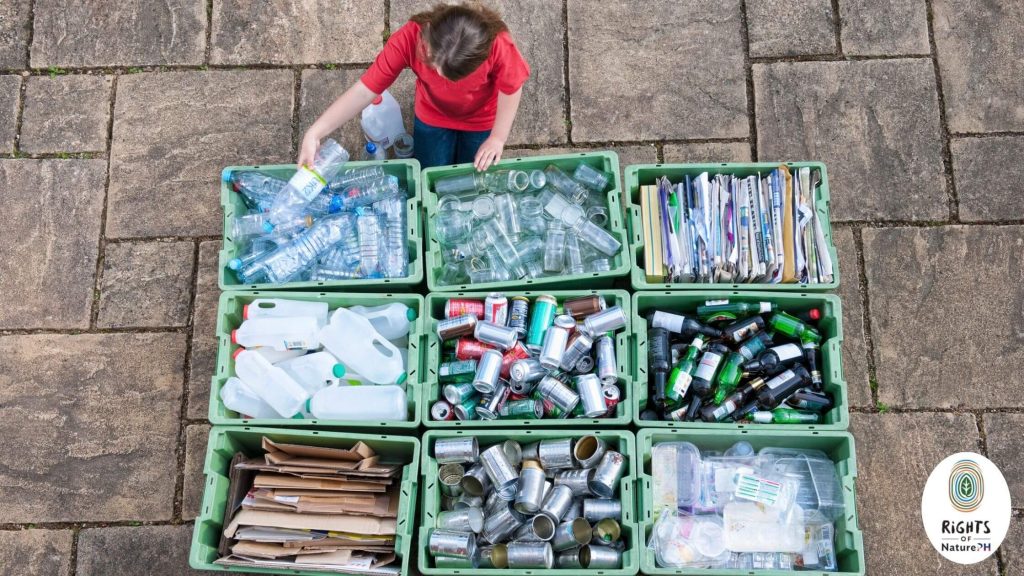
Recycling is a great starting point if you want to reduce your carbon footprint. You can recycle tons of items, from cans to paper products, cartons, and glass. Start by placing recycling bins beside trash cans at home to segregate trash between recyclable and non-recyclable items.
2. Use energy-efficient lights

Switch your light bulbs to energy-saving ones to reduce your energy consumption and carbon footprint. According to Meralco, replacing all the lights in your home with LED bulbs can translate to a monthly saving of PHP 13 per bulb. So aside from conserving energy, you’re also saving your wallet.
3. Choose reusable goods
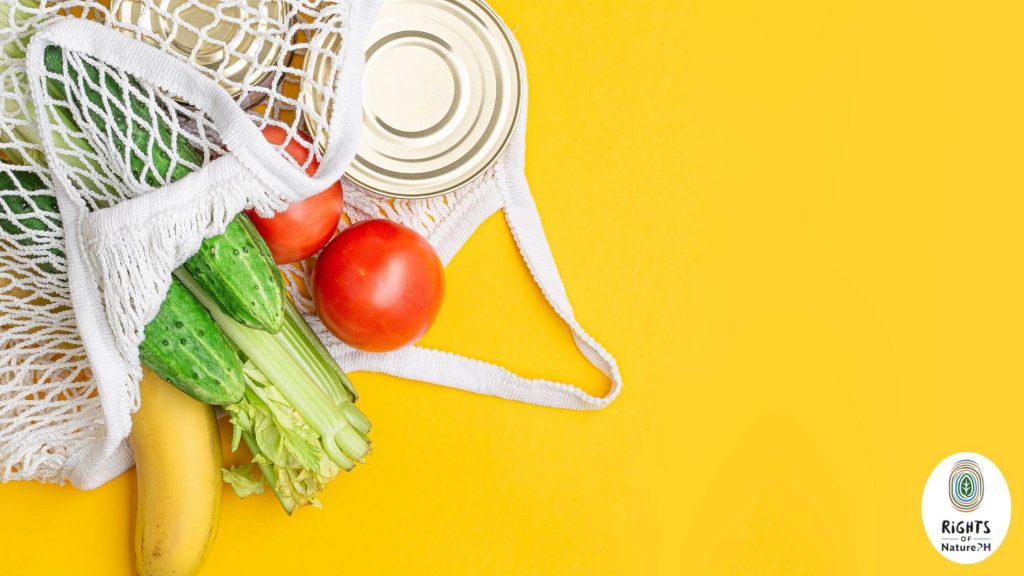
Reusable products can be a huge hassle to use, but they play a major role in reducing the waste that goes into oceans and landforms. Unfortunately, animals are often the victims of plastic ingestion—many of which come in the form of single-use plastics.
Consider using reusable utensils as opposed to disposable options. Reuse glass jars and containers for pantry items. Bring reusable tote bags when you’re out shopping. And most importantly, don’t treat reusable items as disposables!
4. Turn off the water when not in use
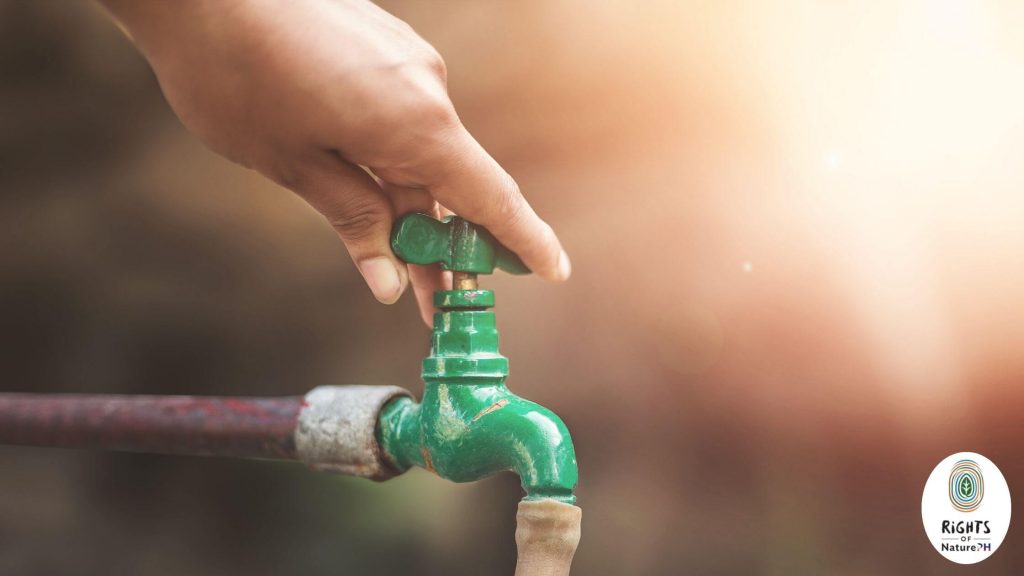
Make sure to turn off your faucet or tap when you aren’t using water. As simple as it sounds, many still forget to do so when washing the dishes, brushing teeth, or bathing.
5. Conserve energy at home
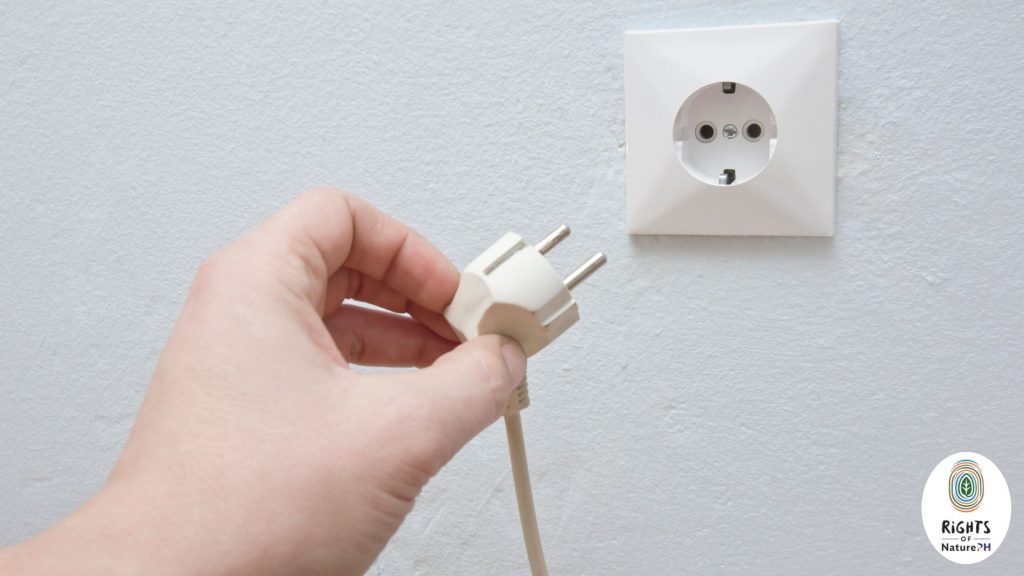
Even the smallest actions can translate to energy savings at home. These include turning off the lights, unplugging appliances not in use, and not charging your phone overnight. Apart from helping your electric bill, they’re also reducing your carbon footprint little by little.
6. Walk short distances, bike, or carpool
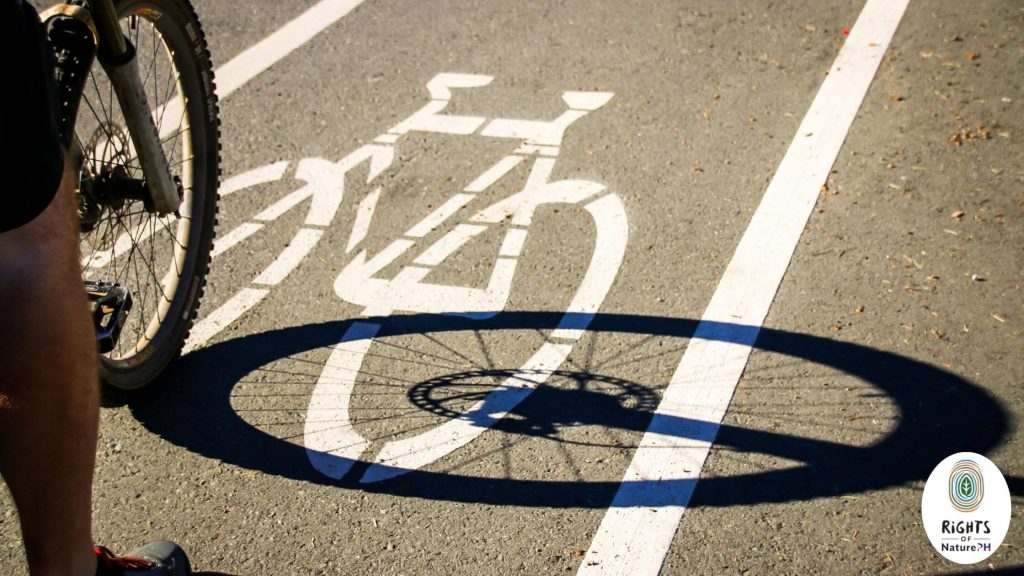
Cars are one of the biggest contributors to depleting fossil fuels, so try to find alternative modes of transportation whenever possible. For example, if you’re only going a short distance, you can walk or bike instead of driving. Cars can be convenient when the weather is horrendous—in that case, consider carpooling to save fuel and reduce traffic and greenhouse gas emissions.
7. Avoid non-recyclable packaging
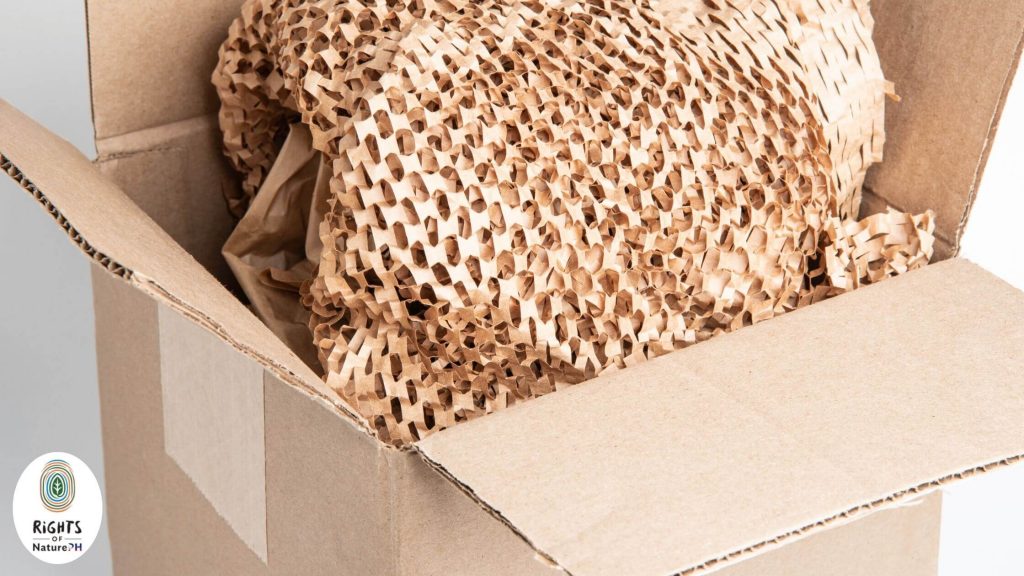
Nowadays, many brands are consciously switching to more eco-friendly packaging to help protect the planet. As a consumer, you can also help out by avoiding products made with non-recyclable packaging like single-use plastics and styrofoam. Instead, choose products packaged with recycled plastic and cardboard.
8. Use renewable energy
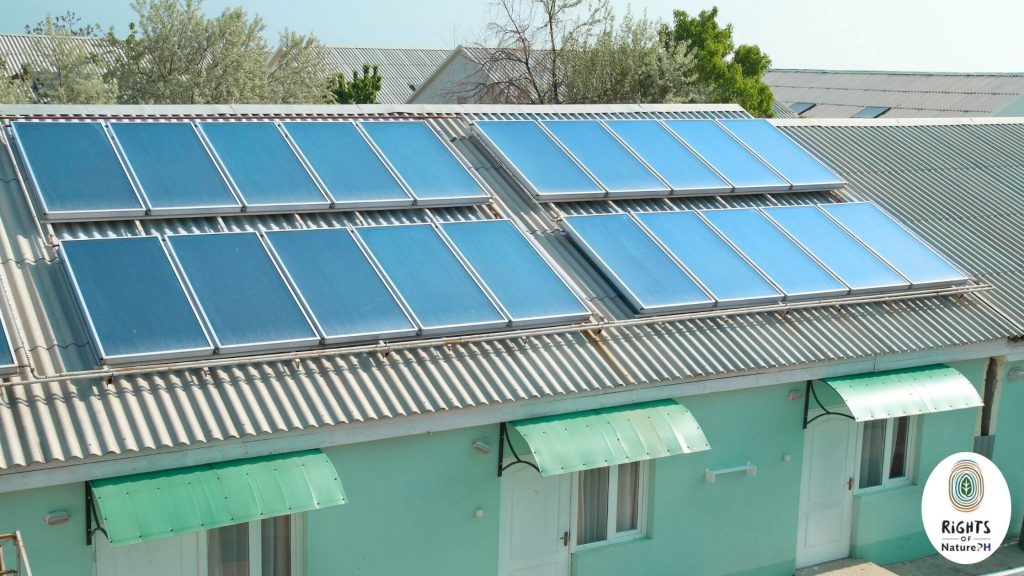
Fossil fuels like natural gases and oils are used to power many household appliances like lights and televisions. But these are nonrenewable energy sources that release plenty of greenhouse gases into the environment. While they’re more accessible and easier to use, consider implementing alternative sources of energy to power your home.
For instance, solar panels are great additions to your rooftop to soak up natural energy from the sun. Switching between renewable and nonrenewable energy usage can make a huge difference!
9. Go thrift shopping

Fast fashion is a threat to the environment. Shopping for used items from thrift stores can stop the cycle of single-use clothing. Or buy higher-quality items at smaller volumes.
10. Use less paper
Paper is an inevitable part of everyday life, so it’s impossible to go paperless unless you completely commit to an all-digital lifestyle. But there are ways you can help prevent more trees from getting cut down each year. Start by dropping the habit of buying new notebooks when you have old ones that are still usable. And think before you print—do you really need to print several pictures on different pieces of paper, or can they be combined into one?
11. Go minimal

The growing minimalism trend is an embodiment of doing more with less. This lifestyle is about making more deliberate choices and only purchasing and using what you truly need. Overconsumption is a major contributor to natural resource exploitation. Thus, by limiting your consumption to what’s essential, you can reduce your ecological footprint by a large margin.
12. Eat less meat

Many people have been transitioning to plant-based or flexitarian diets due to the health benefits that come with reduced meat consumption. However, more than this, eating less meat allows you to preserve the planet’s health. The livestock industry is notorious for generating tons of greenhouse gas emissions, so by reducing your meat consumption, you can lower your carbon footprint. More importantly, you’re also protecting the lives of millions of animals.
Other Ways To Conserve Natural Resources
Beyond the 11 things mentioned above, there are other ways to conserve natural resources if you want to go the extra mile. These need a bit more dedication, time, resources, and manpower. But they also lead to a greater impact, so they’re worth considering if you want to make a significant change in your community.
1. Educate others

Not everyone is aware of the natural resource crisis or the causes behind it. Some don’t believe that there’s a massive environmental crisis brewing up behind the scenes at all! One of the best ways you can contribute is by helping raise awareness of the ecological problem. Let others know about how human actions cause exploitation. Start focus group discussions, make good use of social media channels, and spread the word in any way you can.
2. Organize Community Activities

Getting the community involved can be a massive eye-opener to those who doubt the true impact of waste on the environment. Knowing about the issues on paper is different from seeing them in person, so this can be the empowerment some people need to get their earth-loving gears moving.
Here are some ideas on activities you can organize within your community:
- Clean-up drive
- Tree planting
- Recycling campaign
- Donation drive
3. Promote Sustainable Farming
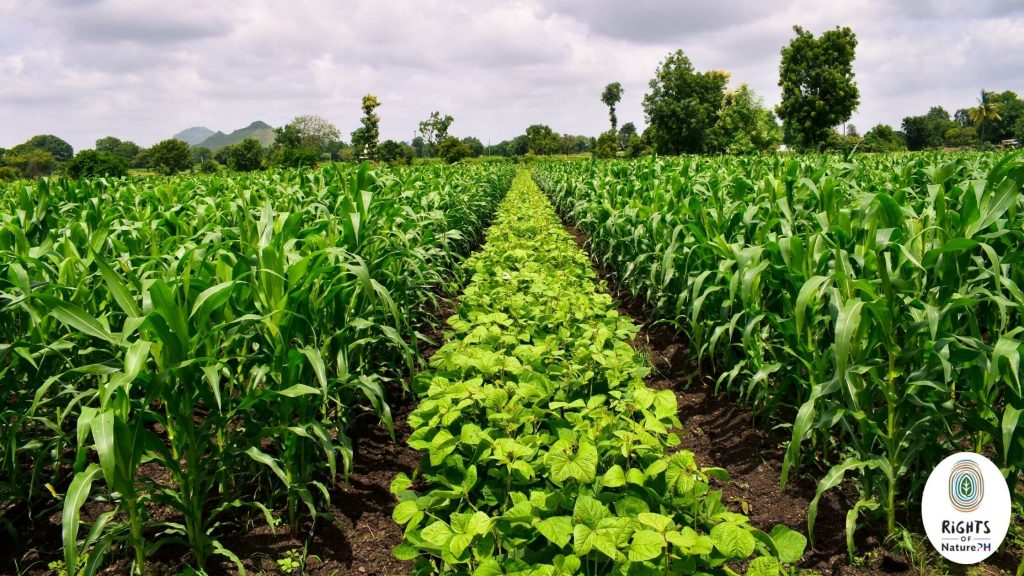
Farming is one of the main livelihoods in the Philippines, so promoting sustainable farming practices can also contribute to the preservation of natural resources. Here are some techniques you can explore:
- Crop rotation
- Natural pest management
- Aquaponics and hydroponics
- Organic farming
- Agroforestry
Try to look for what practices will be most suitable for your target area or region, then plan out how you want to spread awareness. It can be as simple as sharing more information about it on platforms like social media to something more radical like partnering with relevant NGOs to develop an advocacy campaign.
4. Initiate Waste Segregation Programs
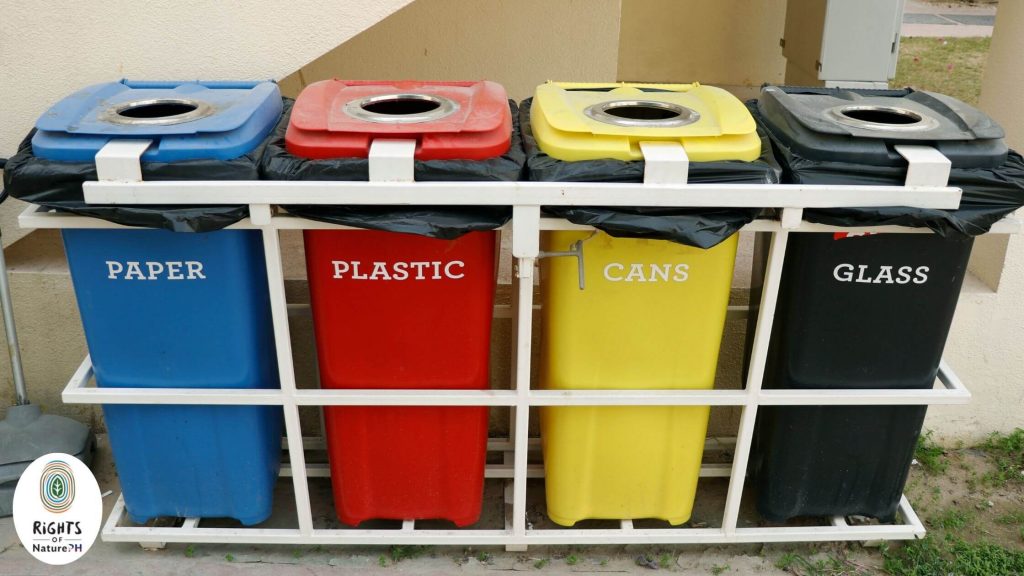
Effective waste segregation can contribute to natural resource conservation by reducing the waste that goes to landfills, making it easier to recover materials for recycling and composting. In fact, this is required under RA No. 9003, with local governments in charge of ensuring compliance. However, this can be challenging as many households still don’t follow proper segregation practices.
As a student, you can lend a helping hand by reaching out to your barangay leaders to initiate a waste segregation program. This can focus on educating households on the importance of good waste disposal habits and teaching them how to handle their trash at home.
FAQs About Natural Resources Conservation
How can students conserve natural resources?
Students can conserve natural resources by segregating trash, limiting paper use, avoiding buying bottled water and other single-use plastics, bringing their own water bottles to public spaces, and volunteering for community or school initiatives. Beyond this, they can help advocate causes by encouraging people to change their habits and make more conscious decisions to preserve the planet. Here are some examples of advocacy campaigns for students.
Why do we conserve natural resources?
Natural resources are essential for any living being to survive. You use these resources in practically every aspect of your life, but not all of them come in unlimited supplies. Some can take thousands or millions of years to replenish.
As people are consuming resources faster than they can be renewed, there’s a high chance that they’d run out at one point—a timeline that experts believe is rather short. When this happens, future generations will bear the consequences of scarcity, drought, and other environmental disasters.
Where Can I Volunteer to Advocate Environmental Protection?

If you’re interested in participating in environmental conservation activities, Rights of Nature is currently looking for volunteers. It’s a growing network advocating for protecting and preserving nature to defend natural resources from human threats. As a volunteer, you’ll be able to participate in various projects and activities like:
- Planting trees to assist in reforestation
- Spreading awareness on protecting natural resources
- Visiting and maintaining national parks
- Participating in advocacy campaigns
- Helping in wildlife rehabilitation programs
Rights of Nature believes that it’s only possible to secure a sustainable future by reorienting people’s relationship with the planet. Thus, as a volunteer, you get to learn more about how to save natural resources and participate in community-based activities to raise awareness and influence policy changes.
Get in touch with the Rights of Nature to learn more about how you can join them as a volunteer.

